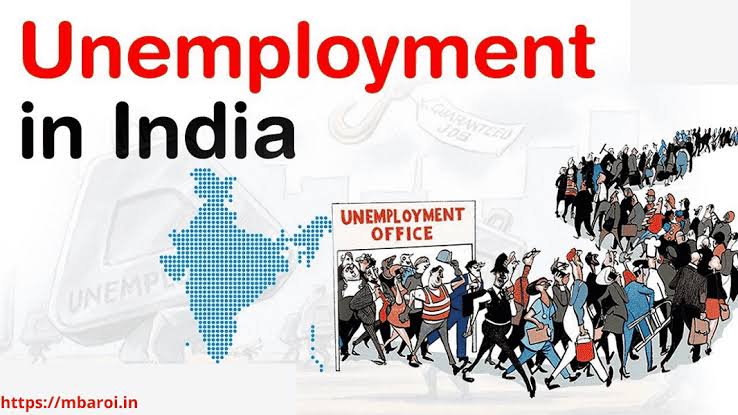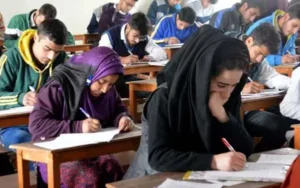Present Reservation System for Public Employment in India

Reservation for public employment in India for Scheduled Castes (SCs), Scheduled Tribes (STs), Other Backward Classes (OBCs), and Economically Weaker Sections (EWSs) is provided under Article 15(4) and various clauses of Article 16 of the Indian Constitution. Several legal developments have shaped the present reservation policy in public employment.
The age-old caste system is the root cause behind the implementation of the reservation system in the country. The idea of caste-based reservation was first proposed in 1882 by William Hunter and Jyotirao Phule. However, it was first introduced by the British Government through the Government of India Act, 1935, which provided for separate electorates for labourers, depressed classes, women, etc. (though not specifically for public employment). The Poona Pact between Mahatma Gandhi and Dr. B.R. Ambedkar also laid the foundation for future reservation policies.
Join Whatsapp Group:-
https://chat.whatsapp.com/HLQ520fE0PL4oQAtzTjX2Z
After India gained independence, reservations in public employment were initially provided only for SCs and STs. OBCs were brought under the ambit of reservation in 1991 following the recommendations of the Mandal Commission. In 2019, EWSs were included with a 10% cap through the 103rd Constitutional Amendment, which inserted Clause (6) in Article 16. (Note: EWS reservation is currently applicable only to central government jobs, and it is up to individual states to adopt it for state jobs.)
The 77th Constitutional Amendment (1995) added Clause (4A) to Article 16, empowering the government to provide reservation in promotions for SCs and STs. This was further amended by the 85th Constitutional Amendment (2001), granting consequential seniority to SCs and STs promoted through reservation. When challenged, the Supreme Court in M. Nagaraj v. Union of India (2006) upheld the policy, subject to three conditions:
- The SC and ST communities must be socially and educationally backward.
- They must not be adequately represented in public employment.
- The policy must not adversely affect administrative efficiency.
In Jarnail Singh v. Lachhmi Narain Gupta (2018), the Supreme Court ruled that states cannot extend reservation in promotions to SCs and STs who fall under the “creamy layer” of their communities.
The 81st Constitutional Amendment (2000) introduced Clause (4B) in Article 16, which permits the state to carry forward unfilled reserved vacancies for SCs and STs to subsequent years, effectively relaxing the 50% reservation ceiling (as discussed in Indra Sawhney v. Union of India, 1992).
A significant legal development occurred in State of Punjab v. Davinder Singh (2024), where a seven-judge bench upheld the constitutional validity of sub-classification within SC and ST categories. This overruled the earlier five-judge bench decision in E.V. Chinnaiah v. State of Andhra Pradesh. As a result, states can now identify and provide targeted benefits to more marginalized groups within SCs and STs, without increasing the overall reservation quota.
In conclusion, the reservation system in public employment in India has evolved through a series of constitutional amendments and landmark judicial decisions. While it plays a crucial role in uplifting historically marginalized communities and promoting equality, there are also debates surrounding its implementation. A nationwide caste census is essential to accurately identify and exclude the creamy layer within reserved categories. Only then can reservations truly reach the deserving and serve their intended purpose of social justice and empowerment.
About the Author:
S.K. Aatif ul Reyaz is a student at Sopore Law College with a keen interest in law, politics, international relations, and peacebuilding.1





